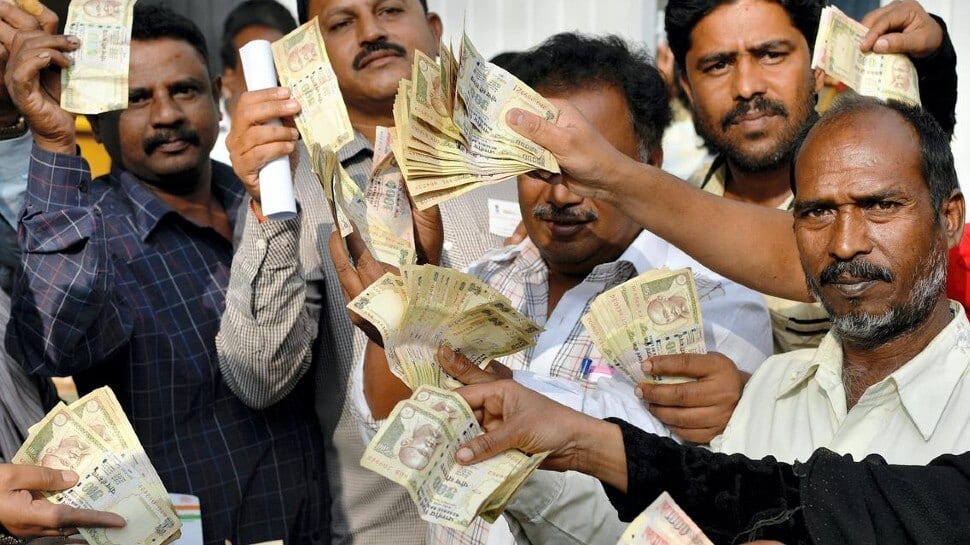See what has changed in the 4 years since the banknote ban, the journey from 'cash' to 'digital' economy
With this big and tough decision of PM Modi, about 86% of the country's currency was pulled out of the system in one fell swoop. No one was bothered by this sudden decision.
Today is the 4th year of demonetization. On November 8, 2016, at 8 pm, PM Narendra Modi announced that from 12 noon onwards, Rs 1,000 to Rs 500 notes would no longer be a legal tender, meaning that Rs 1,000 and Rs 500 notes would no longer be anything more than a piece of paper.
With this big and tough decision of PM Modi, about 86% of the country's currency went out of the system in one fell swoop. No one was bothered by this sudden decision. Lines line up outside banks' ATMs. For many months, the RBI and banks have been exerting their full strength on the availability of currency in the system.
Everyone may have their own thoughts and understanding about the ban on banknotes, if someone considers it a mistake of the PM Modi government, then a masterstroke may be the topic of discussion. But one thing must be understood here that it is futile to hope for the consequences of any such decision.
The finance minister said a break on black money
Finance Minister Nirmala Sitharaman tweeted today, four years after the ban, in which she wrote that the economy has been strengthened to make the country corruption-free. Surveys conducted after the ban revealed that undisclosed assets worth crores of rupees were found. Operation Clean Money helped organize the country's economy.
 |
| what has changed in the 4 years since the banknote ban, |
Banknote ban is a decision that has changed not only the economy but the everyday life of the common man. We will mention here how many changes have taken place in the country since the bankruptcies
Transactions increased with digital payments
After the ban, the Reserve Bank and the government encouraged the people to reduce their dependence on cash and move towards digital. According to NPCI figures, transactions worth Rs 3.3 lakh crore have taken place so far.
According to government figures, both the number and value of digital transactions have increased. In November 2016, there were 83 crore transactions and Rs 8.89 lakh crore. In August 2020, the number of digital transactions was 347 crore while the transactions were Rs 100.5 crore.
The number of taxpayers increased by 33 lakh a year after the ban was imposed. That is, it is clear that those who have been evading taxes in the country so far have also started coming under the purview of the tax.
The number of EPFO, ESIC subscribers increased rapidly after the ban. This is a sign that people who were nowhere to be found are now connected to the formal economy.
Operation Clean Money was launched by the CBDT after the ban, which identified people who had large earnings but were not paying taxes. 2.09 lakh people paid Rs 6531 crore in the form of self assessment tax.
Even corporates who have so far avoided paying taxes have been cracked down on since the ban. Corporate taxpayers have filed 9.64 crore tax returns in the financial year 2018-19.
Click Here To Read In Gujarati
Black earnings in the real estate sector were tightened after the ban. Prior to the ban, the real estate sector was considered the safest place to hide black money. But after the ban, there was transparency in transactions in this sector. So buyers lost faith in the real estate sector.
For Best View Please Open This Website In CHROME / OPERA Browser







No comments:
Post a Comment